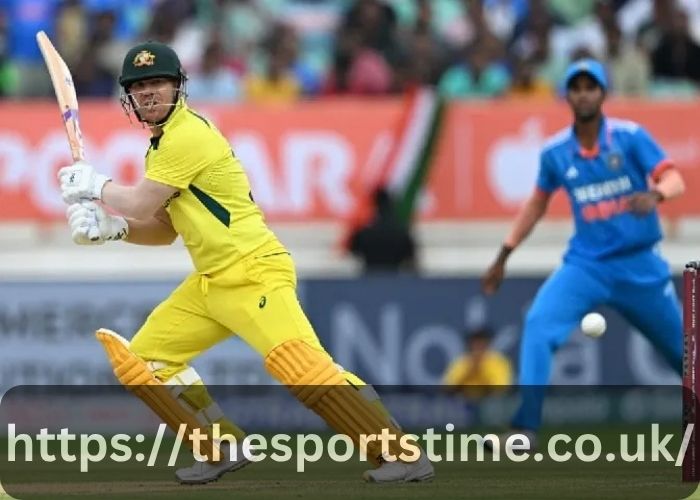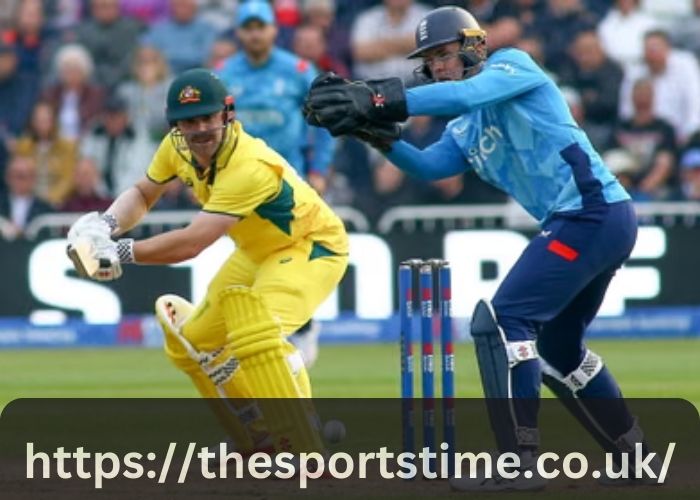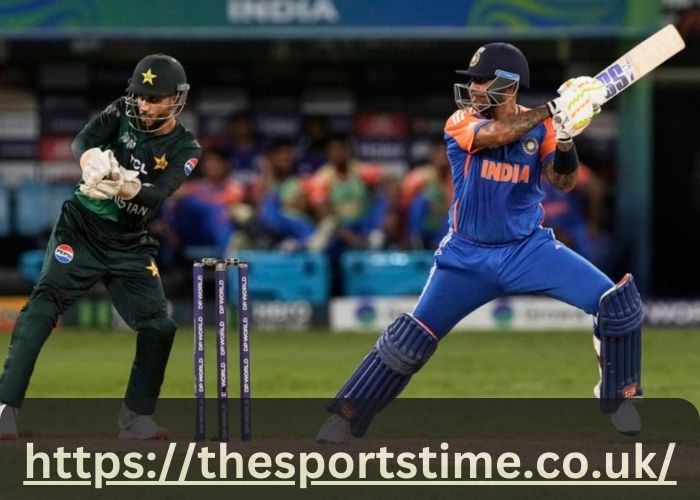How Many Creases Are There In Cricket?

Cricket creases play an integral part in the game. From run-out decisions to LBW judgments, they play an essential role in understanding how its rules operate. While chalk-marked lines might appear straightforward at first glance, they’re integral in understanding their purpose.
Crease markings serve to delineate safe areas for batsmen and legal zones for bowlers. This guide details their locations and what each one signifies.
| Type of Crease | Distance from Stumps | Purpose | Key Role in the Game |
|---|---|---|---|
| Popping Crease | 4 feet (1.22 m) in front of the stumps | Marks the batsman’s safe zone | Used to determine run-outs and stumpings; batsman must be inside this crease to be safe. |
| Bowling Crease | Line through the stumps | Defines where the bowler delivers from | If the bowler oversteps this line, it’s a no-ball. |
| Return Crease (Left) | Perpendicular to the bowling crease, 4 feet 4 inches (1.32 m) on either side | Limits the bowler’s side movement | Bowler’s back foot must stay within return creases during delivery. |
| Return Crease (Right) | Same as above | Same as above | Helps umpires judge if the bowler’s action is legal. |
Bowling Crease
Cricket creases might appear minor, but they’re vitally important to how the game is played and its rules. They help determine run-outs, stumpings, no balls and legal deliveries as well as providing structure on the pitch so players abide by consistent standards of play.
Cricket features three main creases: the bowling crease, popping crease and return crease. These play an integral part in batting, bowling and fielding and serve to determine batter safety zones; mark where balls must travel when bowling; and show bowlers where to step when delivering deliveries. Clashes are painted or chalked on pitches prior to matches as references for umpires when making decisions during gameplay.
The bowling crease is of paramount importance when batting. This line runs perpendicular to the wicket, approximately 8 feet 8 inches (2.64 meters), marking each base of stumps at both ends. Bowlers must stand within this crease when delivering the ball; any attempt at going beyond it results in no-ball.
Batters must keep their front foot behind the batting crease when in strike position (at bat). Doing this prevents run outs and stumpings. In addition, when at the back foot they must stay within their returning crease or they risk being called out for backing up too far and being called out.
Crease awareness is especially crucial in tight matches where every inch counts, where run-outs and last-ball finishes often come down to one foot being outside the line – even the best batsmen can miscalculate and get it wrong; Ross Taylor was inches away from being out during an exciting T20 finish in 2016 before Dhoni used quick reflexes to break his stumps before his bat reached the popping crease! Understanding batting creases is essential both for players and fans, with groundsmen painting them before each match and umpires checking replays before making important decisions that involve big decisions; all parties involved must ensure they possess all relevant facts not simply following their gut feelings!
Popping Crease
Cricket is a game of fine lines, and one of its key components is its creases. These white lines mark both bowler and batsman limitations on the pitch, playing an essential role in ensuring fair play during each match. While seemingly minor in importance, these creases have immense ramifications on both the outcome and safety of batters.
The popping crease is the line drawn directly in front of the stumps where batsmen must stand to remain legal and avoid being run out or stumped. It should run from both ends of the pitch parallel with and 4 feet before the bowling crease, and umpires must monitor its placement so as to ensure that bowlers do not step outside this boundary when delivering balls.
At its inception, batting creases were simply marks in the dirt; as time progressed and organization increased, permanent markings became necessary to make batting creases visible and accessible for players and umpires alike. Now painted or chalked batting creases provide better visibility for both parties involved.
If a batsman ventures too far out of their crease, they risk being run out by the wicketkeeper or stumped by an umpire, thus underscoring why umpires and groundsmen are constantly monitoring its boundaries.
Bowlers must keep in mind when bowling that they must not pass beyond the popping crease as this will result in being called for a no-ball by umpires who closely observe whether the foot of a bowler delivering the ball lies inside or outside of it when making contact with it.
Though seemingly minor in importance, the crease is an integral part of cricket that ensures fair and exciting play for both batsmen and bowlers. Its complex system of rules and boundaries make watching cricket truly fascinating!
Return Crease
It may just seem like two white lines on a pitch, but cricket’s crease plays an integral part of game play. It keeps batters safe while bowlers abide by regulations and umpires make fair decisions. Even an inch off from where you originally stand on this vital feature of cricket could change everything; just consider MS Dhoni’s run out against Martin Guptill during a World Cup semifinal match!
The Laws of Cricket require one popping crease and two return creases be marked in white on each end of a pitch, four feet (4.32 meters) in front of and parallel with each popping crease. A returning crease consists of an invisible 4 ft (4 meter) line located behind and in front of it; bowlers must not step over this line while throwing, or it will result in no-ball. These lines prevent batters from being stumped or run out and also block short balls from hitting batters from hitting short balls from behind or behind. The return crease also protects batters from being hit by short balls from behind.
Fielding Crease
Crease can seem intimidating to casual cricket fans, yet these lines play an integral part of the game. They define batting and bowling zones, demonstrate where batters must remain safe during innings and allow umpires to determine run-outs, no-balls and stumpings. When matches become tighter than anticipated, small errors around the crease can have hugely disruptive impacts – becoming familiar with three distinct crease types will allow you to make better decisions when taking to the field.
One of the most vital lines for batters is known as the popping crease, a line drawn 4 feet in front of each set of stumps that runs parallel with the bowling crease. Here’s where players must land to be considered legal; also here they need to score runs if they go outside this line – anywhere outside this arc and they are out!
The bowling crease is another essential line, marking where bowlers must stand to deliver legal balls. Their back foot must remain within the crease while bowling; their front foot must remain outside of it while hitting. If they step outside this zone they’ll be given no-ball status and an official no-ball decision issued against them.
Finally, return creases are another integral element to both batting and bowling zones. Each end of the pitch features two return creases which run perpendicularly to bowling creases; for bowling to be considered legal a bowler must place both feet within these creases when delivering balls and behind their popping crease.
Though these three creases are crucial components of cricket, other lines on the field help regulate its rules as well. Crease definitions include those which limit how quickly batters can move between wickets or boundaries that indicate how far balls may travel without bouncing; and they may refer to different batting positions such as on side vs off side; with on side being where batsmen face when hitting, while off side marks where batsman are facing when batting.


